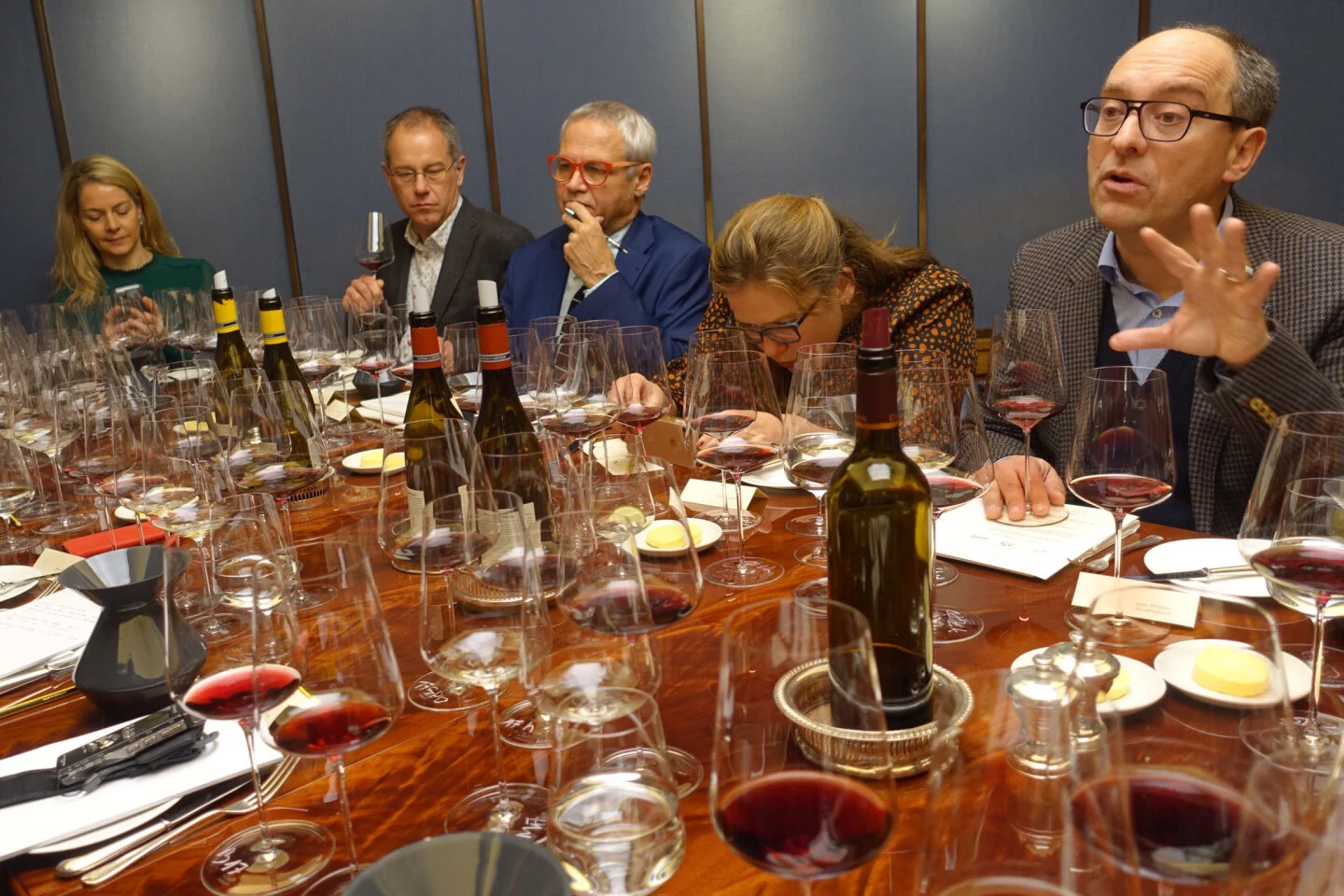Anne La Naour: A new era for CA Grand Crus
It’s a new era for CA Grand Crus (administrators of several Bordeaux and Burgundy vineyards owned by the Credit Agricole Group), with recently appointed Anne La Naour at the helm as Executive Director. Alongside Jean-Philippe Archambault, Director of Santenay in Burgundy, she is bringing a fresh vision to the estates and has sold two properties in Bordeaux in order to open up opportunities to work with new places and people. Anne is leading the focus towards innovation, putting quality at the centre of everything they do.
Of the Bordeaux properties (Château Grand-Puy Ducasse in Pauillac, Château Meyney in Saint-Estèphe, Château Blaignan in Médoc and Clos Saint-Vincent in Saint-Emilion), Château Meyney is celebrated for its longevity, having been one of the first sites in the Médoc to be planted with vines. It continues to be recognised as a producer of luxurious wines, and this will be a key strength for the upcoming vintage. In 2017, Meyney was known as the exception in Bordeaux – elsewhere had suffered from the killer frost. They actually had a high yield: ‘We weren’t even touched by the frost,’ Anne recalls, ‘not even a bud.’
Saint-Estephe can sometimes be rustic, but with Anne overseeing the new direction, there have been less interventions with extraction to create a more harmonious style. The Meyney is indeed a lovely, rounded wine with pleasant spicy notes coming from the 15% Petit Verdot.
Jean-Philippe Archambault, Director of Santenay
Similarly, Château Grand-Puy Ducasse in Pauillac was also unaffected by the frost of 2017, and the vintage is rich and plummy, with some cedar notes on the finish – which is quite unusual for Puy Ducasse. It was aged in barrel (it can be 30-45% new oak, depending on the vintage), which provides a robust but elegant structure, but Anne explains, ‘We don’t want the barrel to hide the wine.’
Château Grand-Puy Ducasse will experience some exciting changes in 2020, including the introduction of the Petit Verdot grape.
In Burgundy, Château de Santenay, is one of the most important estates and, with its 96 hectares of vines, it produces a huge chunk of the wine coming out of the region. The winery at the stunning fairytale château, with its multi-coloured tiled roof, will be expanded in 2020 in order to embrace state of the art technology, bringing increased flexibility to the winemaking process.
Château de Santenay
The varied weather through the last four vintages have produced wines differing in style and traits. 2016 was a difficult vintage, but the wines from that year have a soft and ripe character, as shown in the Mercurey 1er Cru (Les Puillets) 2016; very aromatic and floral with soft and refined tannins. 2017 was more of a classic vintage – it was very dry and they had to work to soften the tannins of the Beaune 1er Cru (Clos du Roi) 2017, but the complexity is stand-out. The whites of 2017 are glorious examples of what white Burgundy should be: the Bourgogne Cote D’or (Clos de la Chaise Dieu) Monopole 2017 is aromatic and creamy with good acidity and a long finish; the Mercurey (Roc Blanc) 2017 is ripe and textural, with a wonderful freshness.
The dry and warm conditions of 2018 is producing wines with higher alcohol, but also with higher acidity – similar to 2019, where the acidity didn’t drop, despite the warm and sunny weather.
The new changes made within CA Grand Crus mark a fresh perspective for the group and Anne is committed to continuing the progress made so far – both in wine production and in the investment in talent for the future. It is clear that her passion for quality is going to be her legacy.



